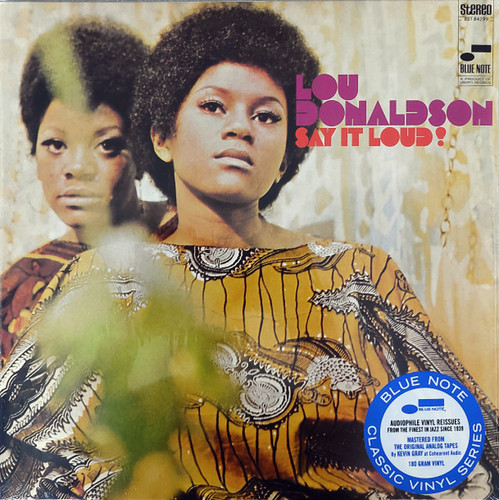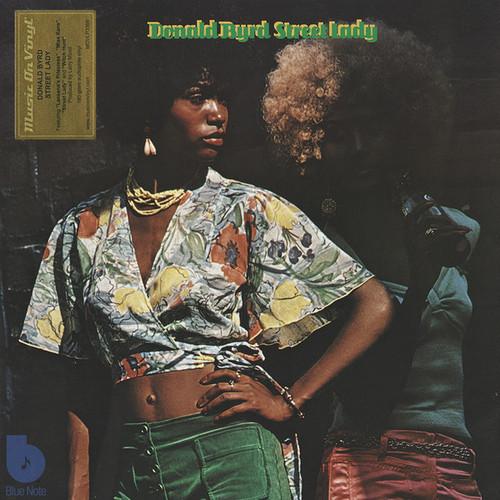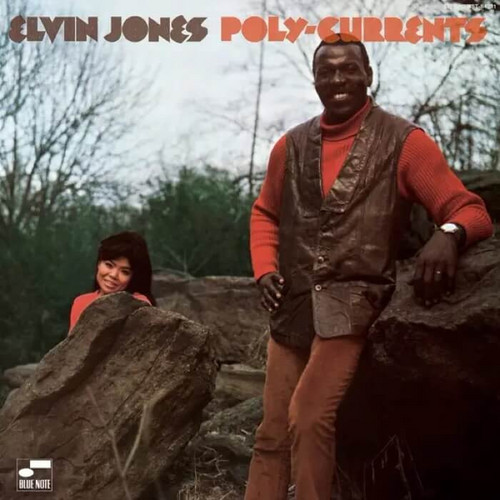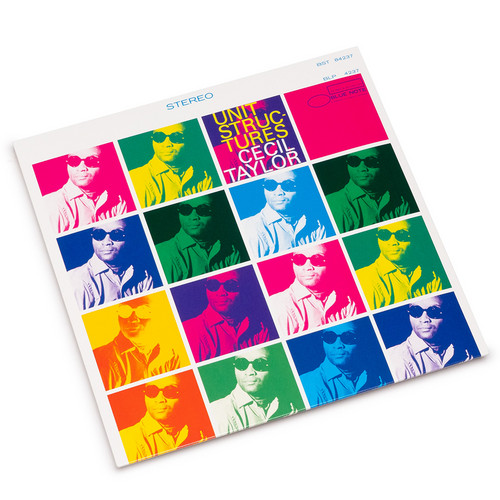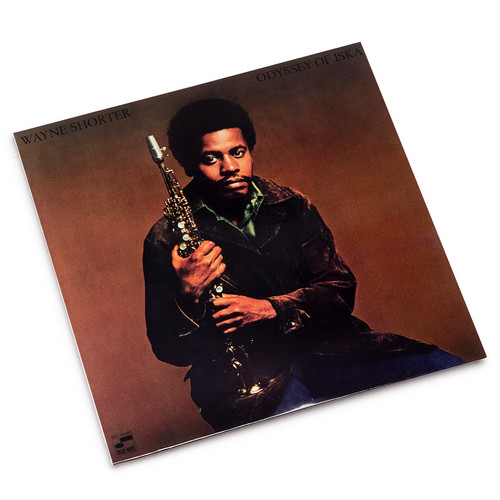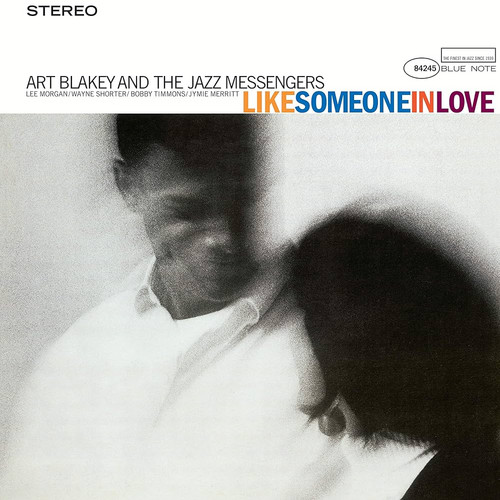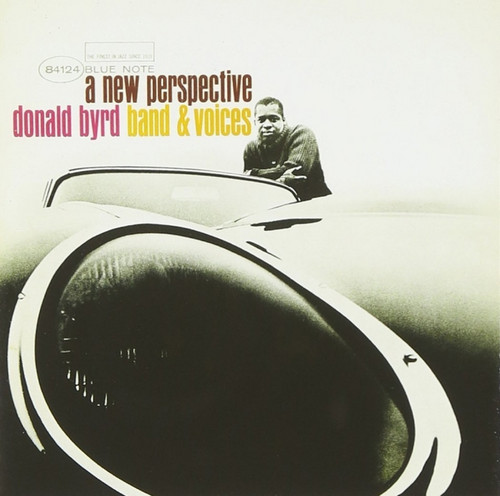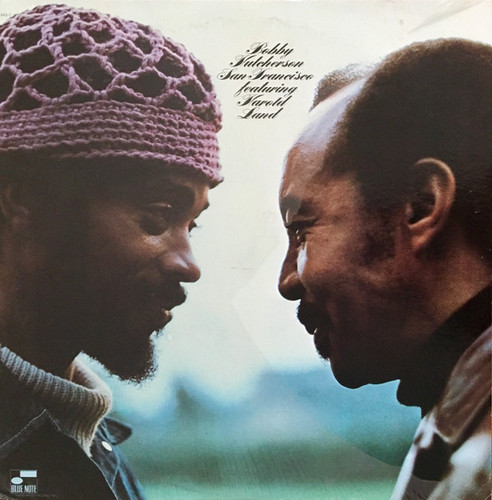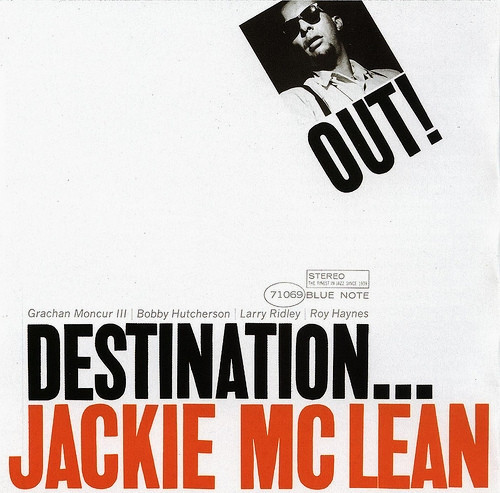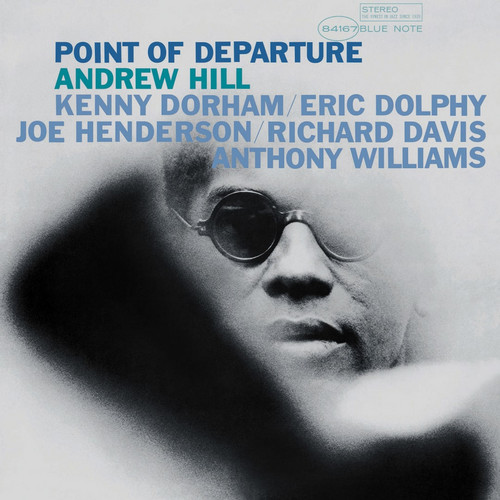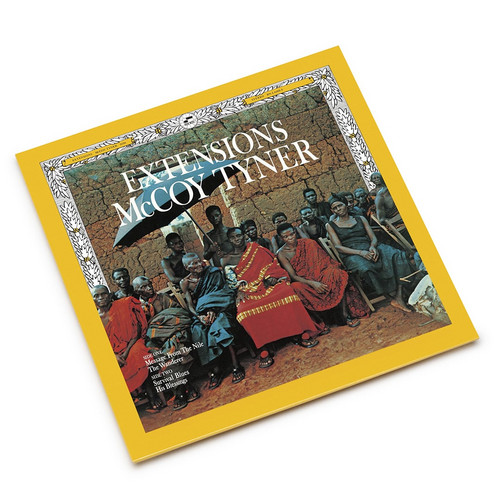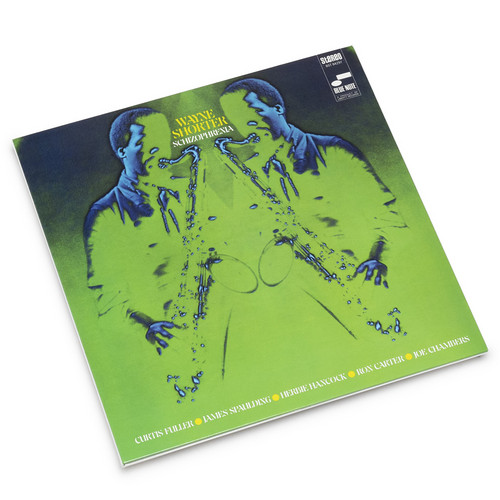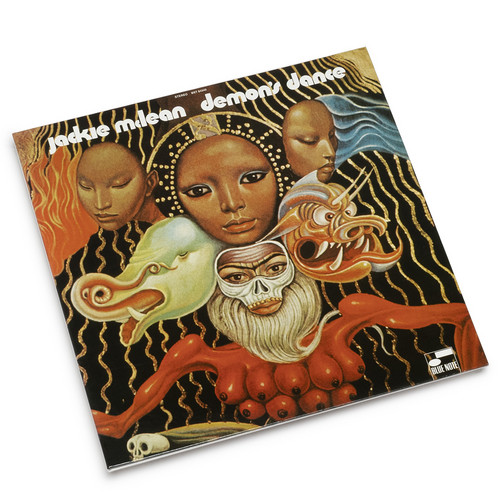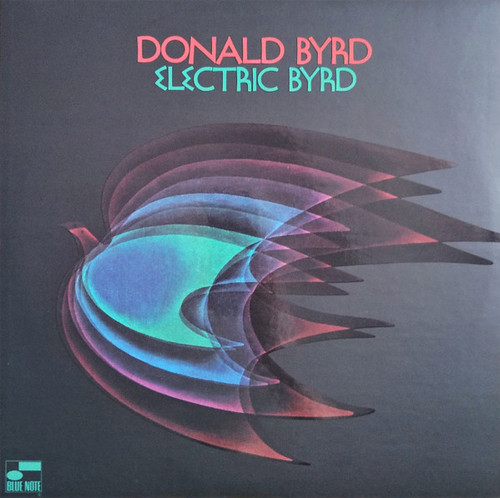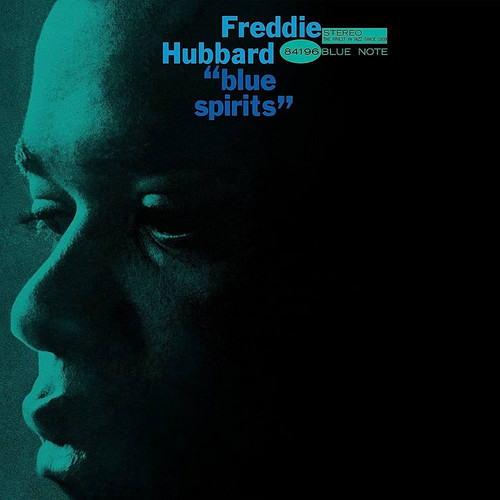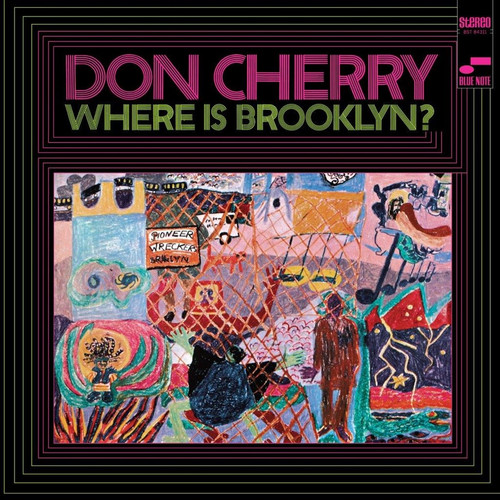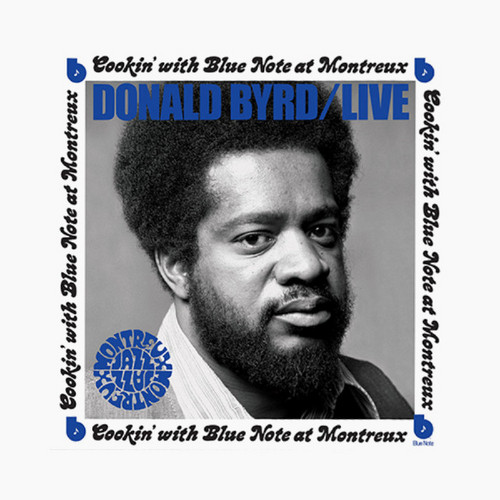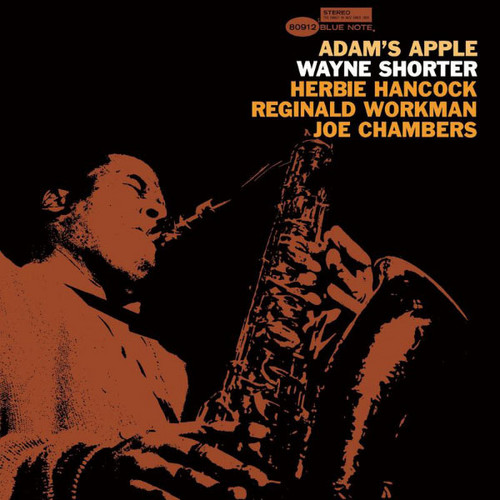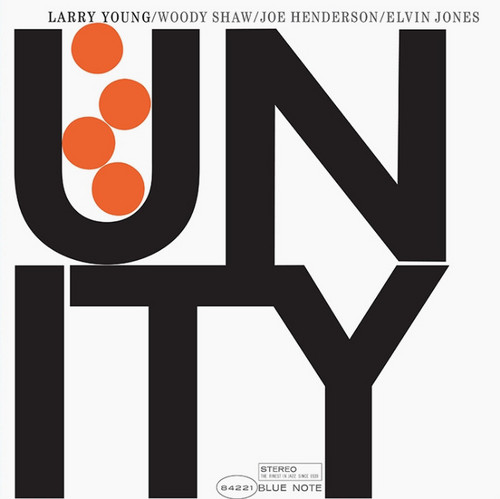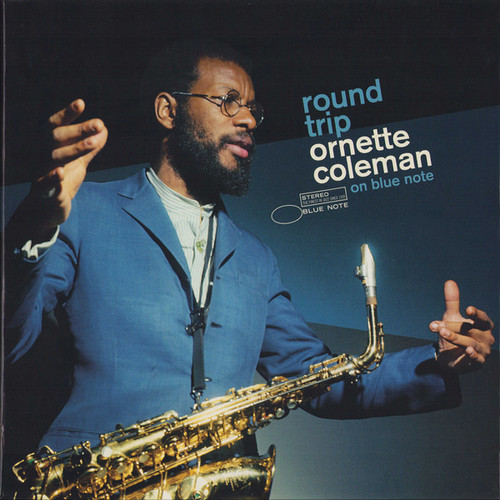★Blue Note
Say It Loud!
Lou Donaldson had been a Blue Note stalwart since his earliest recordings in 1952 and over the following 15 years produced numerous classic dates spanning bebop, hard bop, and soul jazz. But when the alto saxophonist hooked up with the funky drummer Leo Morris (aka Idris Muhammad) for 1967’s Alligator Bogaloo it began a run of great groove-oriented albums including Mr. Shing-A-Ling, Midnight Creeper, and 1968’s Say It Loud. Filling out the band were Donaldson’s fellow Blue Note labelmate trumpet…
Street Lady
Donald Byrd was an American jazz and rhythm & blues trumpeter, vocalist, composer and bandleader. In his early career he was one of the few hard bop musicians exploring funk and soul while remaining true to his jazz roots. His 1973 album Street Lady was produced by Larry Mizell and contains the classic jazz-funk tracks "Lansana's Priestress" and "Street Lady". Personnel playing on the album include Fonce Mizell (Larry's brother) on clavinet, trumpet, vocals and Harvey Mason on drums. Some of the…
Poly-Currents (Blue Note Tone Poet Series)
After his six years with the seminal John Coltrane Quartet, the master drummer Elvin Jones signed with Blue Note in 1968 and began building his own career as a bandleader. His first two albums for the label were spare trio outings—Puttin’ It Together and The Ultimate—both featuring saxophonist Joe Farrell and bassist Jimmy Garrison. For his next album—1969’s unfettered post-bop exploration Poly-Currents—Jones expanded his ensemble with additional woodwinds and percussion while still maintaining …
Unit Structures
The intrepid free jazz pianist Cecil Taylor produced some of his best work for Blue Note Records, including his explosive 1966 label debut Unit Structures featuring Eddie Gale on trumpet, Jimmy Lyons on alto saxophone, Ken McIntyre on alto saxophone, oboe, and bass clarinet, Henry Grimes and Alan Silva on bass, and Andrew Cyrille on drums. Over the course of four extended original pieces by Taylor—“Steps,” “Enter, Evening,” “Unit Structure/As Of A Now/Section,” and “Tales (8 Whisps)—the band sca…
Odyssey Of Iska
The winds of change were blowing through Wayne Shorter’s life and career in 1970. The saxophonist had just left Miles Davis’ group and was soon to form his collective fusion band Weather Report. His music was evolving too as he began to delve into his own unique fusion explorations on his previous two Blue Note recordings Super Nova and Moto Grosso Feio. Recorded in August 1970, the mesmerizing Odyssey of Iska would be the last release of Shorter’s early Blue Note period. The album was a tribute…
Like Someone In Love
One of the greatest line-ups of drummer Art Blakey’s hard bop finishing school The Jazz Messengers locked into place in 1960 when tenor saxophonist Wayne Shorter joined trumpeter Lee Morgan, pianist Bobby Timmons, and bassist Jymie Merritt for the recording of The Big Beat, an album that signaled the transformation of the band into a modern jazz juggernaut. In August of that year The Jazz Messengers returned to Van Gelder Studio twice for sessions that would yield the companion albums A Night In…
A New Perspective
"I mean this album seriously. Because of my own background, I've always wanted to write an entire album of spiritual-like pieces. The most accurate way I can describe what we were all trying to do is that this is a modern hymnal. In an earlier period, the New Orleans jazzmen would often play religious music for exactly what it was - but with their own jazz textures and techniques added. Now, as modern jazzmen, we're also approaching this tradition with respect and great pleasure." - Donald Byrd
San Francisco
San Francisco is an album by jazz vibraphonist Bobby Hutcherson and saxophonist Harold Land, released on the Blue Note label in May 1971. The album features a shift away from the usual hard bop-post-bop style pursued previously by Hutcherson and Land, and shifts towards jazz fusion.
Destination... Out!
"Of all of McLean's Blue Note dates, so many of which are classic jazz recordings, Destination Out! stands as the one that reveals the true soulfulness and complexity of his writing, arranging, and 'singing' voice." - All Music
Point Of Departure
Pure Virgin Vinyl, 180 Gram, Audiophile Grade, Limited Edition. Alfred Lion and Max Margulis established the Blue Note label in 1939, with photographer Francis Wolff becoming involved shortly afterwards. The caliber of the musicians that recorded for Blue Note coupled with its stylized cover designs has made it one of the most legendary jazz labels of all time. From the dozens of classic albums produced by the Blue Note label, our collection presents some of the most outstanding titles. They hav…
Extensions
McCoy Tyner looked towards Africa on his stunning 1970 album Extensions, a far-reaching exploration of Black identity that marked the masterful pianist’s fifth recording for Blue Note Records. After leaving John Coltrane’s band Tyner had moved from Impulse to Blue Note and made his enduring post-bop classic The Real McCoy in 1967. In the following years Tyner steadily expanded his musical scope: writing for a 9-piece ensemble on Tender Moments, exploring the textures of a piano-vibes led quartet…
Schizophrenia
"Wayne Shorter’s Schizophrenia found the legendary saxophonist at the pinnacle of post-bop with a sextet of like-minded musical explorers including James Spaulding, Curtis Fuller, Herbie Hancock, Ron Carter & Joe Chambers performing Shorter originals like ‘Tom Thumb’, ‘Go’, and ‘Miyako’. Recorded on March 10, 1967, at Van Gelder Studios, Englewood Cliffs, New Jersey." - HHV
Demon's Dance
Demon's Dance is an album by American saxophonist Jackie McLean recorded in 1967 for Blue Note, but not released until 1970. It features McLean in a quintet with trumpeter Woody Shaw, pianist LaMont Johnson, bassist Scotty Holt and drummer Jack DeJohnette.
"The record retreats a bit from McLean's nearly free playing on New and Old Gospel and 'Bout Soul, instead concentrating on angular, modal avant bop with more structured chord progressions... While Demon's Dance didn't quite push McLean's soun…
Electric Byrd
Considered by some to be trumpeter Donald Byrd's last worthwhile jazz recording, Electric Byrd is a high-flying relic from 1970. This album can be understood as Byrd's formidable response to the musical challenges set down by trumpet-rival Miles Davis with his epic Bitches Brew recordings from a year earlier. Clearly Miles is the ghost presence here, with distinct echoes of his sound permeating the vibe of this exploratory set. Byrd demonstrates on his three originals that he, too, was a force t…
Blue Spirits
The prodigious trumpeter Freddie Hubbard debuted on Blue Note in 1960 and produced an astounding run of recordings over the first half of the decade that culminated with Blue Spirits, which was the last of his 1960s studio albums for the label. This bluesy and spirited album presented five evocative Hubbard originals, each of which was given a richly textured arrangement for an ensemble that included a dynamic four-horn lineup. Drawn from two different sessions, the first date produced the grati…
Where Is Brooklyn?
Blue Note Classic Vinyl Edition is all-analog, mastered by Kevin Gray from the original master tapes, and pressed on 180g vinyl at Optimal. Blue Note founders Alfred Lion and Francis Wolff had open ears and open minds, as they proved time and time again through the early-1960s as they documented some of the most adventurous players of the modern jazz scene like Andrew Hill, Eric Dolphy, and Tony Williams. But it wasn’t until they brought Ornette Coleman and Don Cherry to Blue Note in 1965 that t…
Live (Cookin' with Blue Note at Montreaux)
*Blue vinyl limited edition* In 1973 the Blue Note Records label landed at the Montreux Jazz Festival, showcasing some of the showcasing some of the top artists of those years under the banner of the soulful and muscular jazz of which the blue label was then the standard-bearer. Muscular jazz of which the blue label was then the standard-bearer. This resulted in several albums entitled Live: Cookin' with Blue Note at Montreux (by Bobby Hutcherson, Ronnie Foster, Bobbi Humphrey, Marlena Shaw), bu…
Adam's Apple
It is unclear whether it was Wayne Shorter’s initial intention to do anything particularly ambitious during the two visits to Rudy Van Gelder’s studio in February 1966 that produced Adam’s Apple. Certainly, neither the repertoire—five recently composed Shorter tunes in AABA format and “502 Blues,” by pianist Jimmy Rowles, a hard drinker, as Shorter was at the time (the subtitle denotes the police code for drinking and driving)—nor the treatments contain the radical originality of the five pieces…
Unity
'On Unity, jazz organist Larry Young began to display some of the angular drive that made him a natural for the jazz-rock explosion to come barely four years later. While about as far from the groove jazz of Jimmy Smith as you could get, Young hadn't made the complete leap into freeform jazz-rock either. Here he finds himself in very distinguished company: drummer Elvin Jones, trumpeter Woody Shaw, and saxman Joe Henderson. Young was clearly taken by the explorations of saxophonists Coleman and …
Round Trip: Ornette Coleman On Blue Note
Iconoclastic saxophonist and composer Ornette Coleman shook the jazz world when he arrived at the Five Spot Café in New York City in 1959 and began his run of seminal albums on Atlantic that laid the foundation for the free jazz movement to come. After a period of disillusionment during which he withdrew from public music making, Coleman re-emerged on Blue Note in 1966 and began writing an intriguing new chapter of his legendary career. The boxset Round Trip: Ornette Coleman On Blue Note presen…
